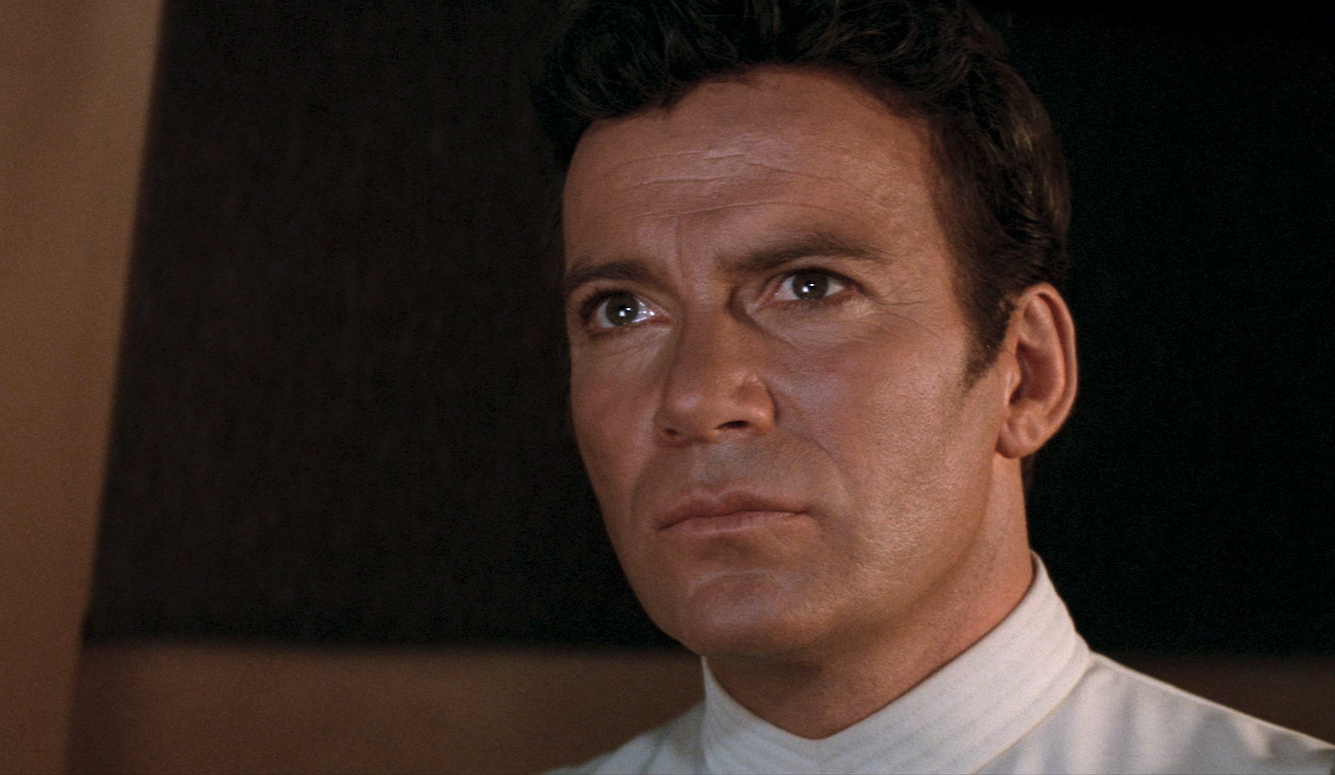93 Years of Shatner
A tribute to an irrepressible TV star’s ability to live long and prosper.

A tribute to an irrepressible TV star’s ability to live long and prosper.





Join the newsletter to receive the latest updates in your inbox.